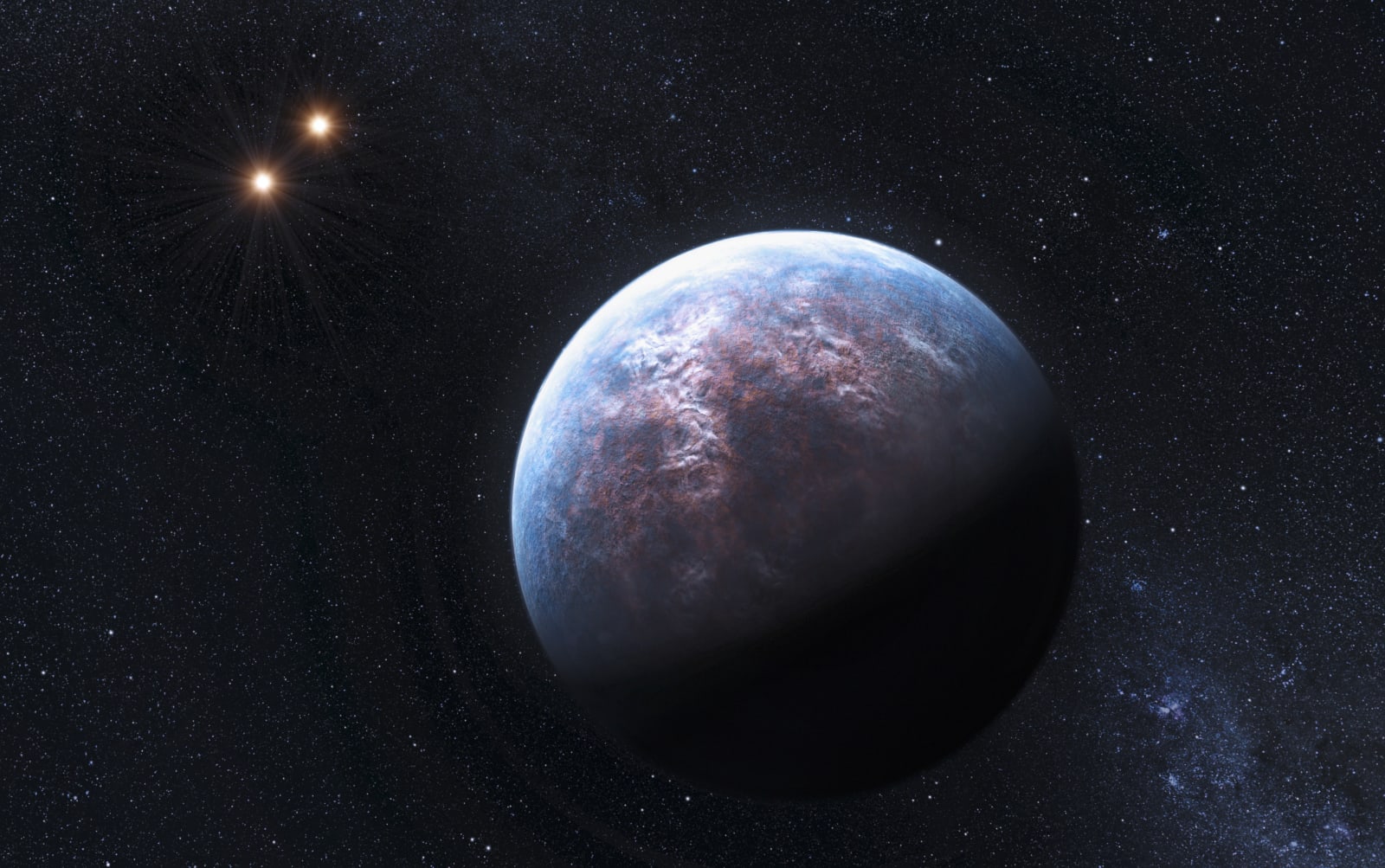 Ho New / Reuters
Ho New / Reuters
During a news conference in Washington DC Wednesday, NASA revealed that, using the Spitzer Space Telescope, they've found seven new Earth-sized planets orbiting a star just 40 light years away from us. What's more, three of those exist within the "Goldilocks zone" which could be habitable for life.
This is the first time that astronomers have discovered another solar system with seven planets roughly the same size as ours. Even more importantly, NASA figures that with the right atmospheric conditions, all seven could contain liquid surface water -- though the chances of that are highest of that on the three Goldilocks.
"This discovery could be a significant piece in the puzzle of finding habitable environments, places that are conducive to life," Thomas Zurbuchen, associate administrator of the agency's Science Mission Directorate, said during the press conference.

This newly discovered Trappist-1 system lies in the Aquarius system just 40 light years from our own, or about 235 trillion miles). All seven planets circle their host star -- an ultra-cool dwarf that's both smaller and dimmer than our own Sun. However, because all of their orbits are closer to their sun than Mercury circles ours, there's still a very good chance that liquid water could exist on on their surfaces and atmospheres. In fact, their orbits are so close to one another that if one were to look up from the surface of one could likely see the geological features of its solar neighbors.
This news comes at an exciting time in the search for planets beyond our own solar system. Since the start of just this year, researchers have discovered the presence of water on a planet just 50 light years away, the Keck Observatory's exoplanet imager has come online and a team of researchers from a compendium of universities have released a trove of observational data from the Keck's HiRES imager spanning more than two decades. This could just be the start. Last week, NASA launched a crowdsourcing effort enabling citizen scientists to help search for exoplanets as well.
You can follow along with the press conference live on NASA TV right now. If you still have questions about today's announcement, the NASA team will be holding an AMA on Reddit at 3pm ET today.
developing